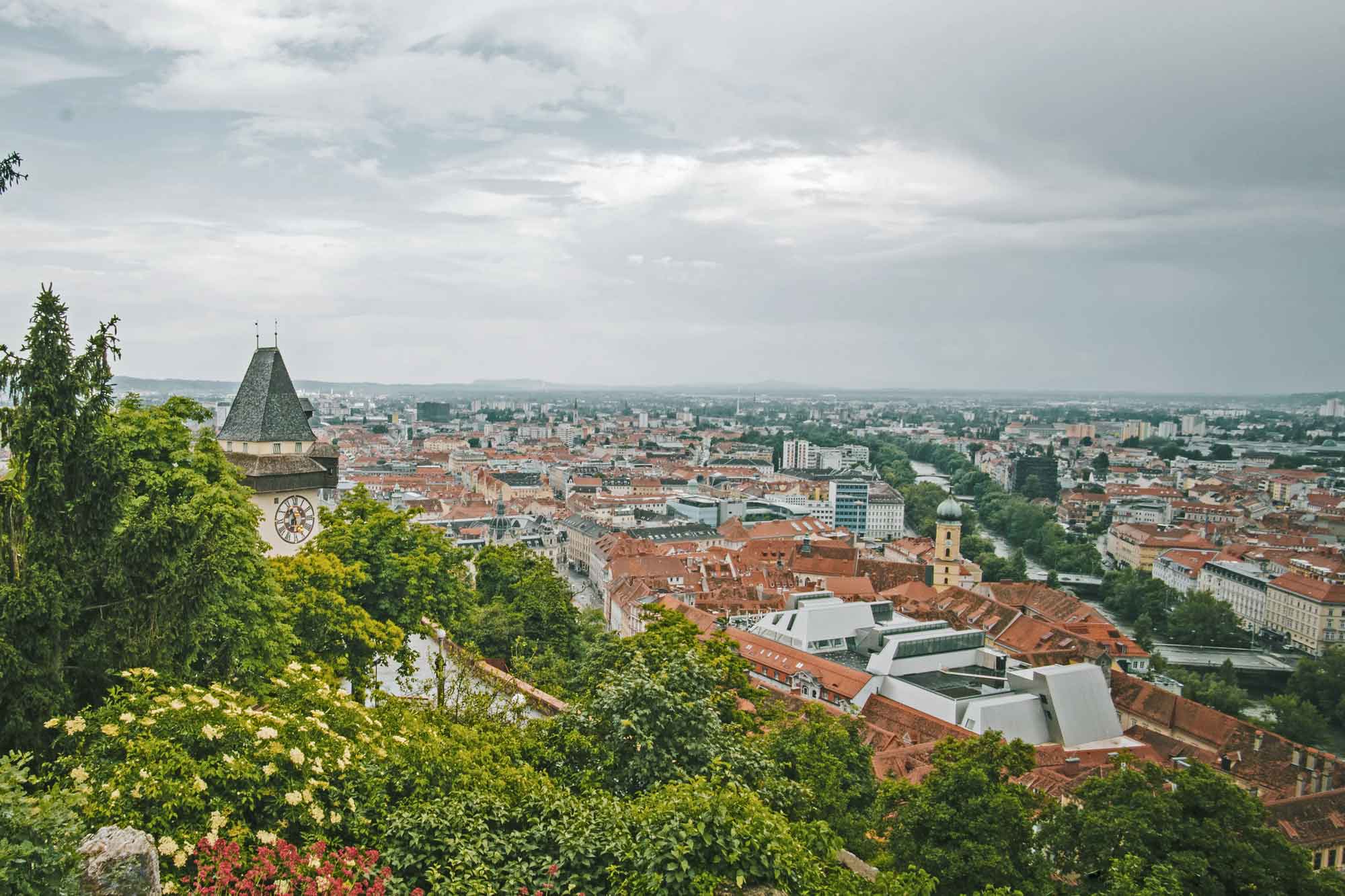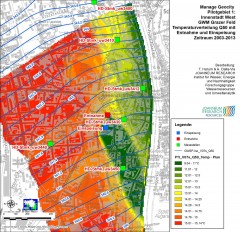Led by JOANNEUM RESEARCH1 the Manage_GeoCity project devised a method for the coordinated use and management of near-surface geothermal heat based on the model region of Graz. In urban areas, the presence of numerous heat sources (e.g. waste heat from underground urban structures) often causes the subsurface and groundwater to heat up, which can impair groundwater quality. At the same time, this underground heat offers significant potential for heating and cooling in towns and cities. Extracting heat for heating and cooling purposes also has a cooling effect. However, the uncoordinated use of geothermal heat by many different small systems quickly results in mutual interference and inefficient, unsustainable management. Manage_GeoCity focused on heating and cooling applications as well as the seasonal storage of heat in urban areas. Its analyses considered groundwater flows, different geological conditions, heating and cooling requirements, the heat produced by solar panels and industrial waste heat, and options for seasonal underground heat storage.
Case studies from the Graz model region
Underground zones presenting favourable conditions for near-surface geothermal heat without water extraction and for the use of thermal groundwater were identified in the Graz model region. Analyses of heating and cooling requirements were carried out in three case studies, and the heating and cooling potential of the subsurface was compared and evaluated from a technical, economical and environmental perspective. Simulations made it possible to analyse the extent to which extracting and storing heat would influence underground temperatures. The method also takes account of any existing thermal load underground as well as the underlying water management conditions, thus laying the foundations for geothermal heat to be used efficiently and sustainably in urban areas. It can be taken as the basis for future usage and management plans and applied to other towns and cities.
Outcome of the project
SThe results of the simulations for the two case studies involving groundwater-based geothermal energy show that using heat pumps for heating purposes can cool the groundwater significantly. The case study involving a field of geothermal probes revealed only a limited impact on the surrounding soil, with no major changes in temperature within a 50-meter radius. The environmental assessment makes it clear that, in the case of heat pump systems, the way the electricity is produced has a decisive influence on total greenhouse gas emissions. Scenarios using the Austrian electricity mix (with a high percentage of renewable energy) indicate a 75-85% reduction in greenhouse gases compared with fossil-fuel heating systems. Further optimisation of the systems is necessary to improve efficiency in terms of both investment costs (e.g., number and depth of the geothermal probes) and the temperatures required to heat buildings, which have a major influence on heat pump efficiency and thus on electricity costs.
nachhaltigwirtschaften.at/resources/sdz_pdf/berichte/schriftenreihe-2018-35-manage-geocity.pdf
1 PROJEKT PARTNERS: JOANNEUM RESEARCH Forschungsgesellschaft mbH (project management), Grazer Energieagentur Ges.m.b.H.

